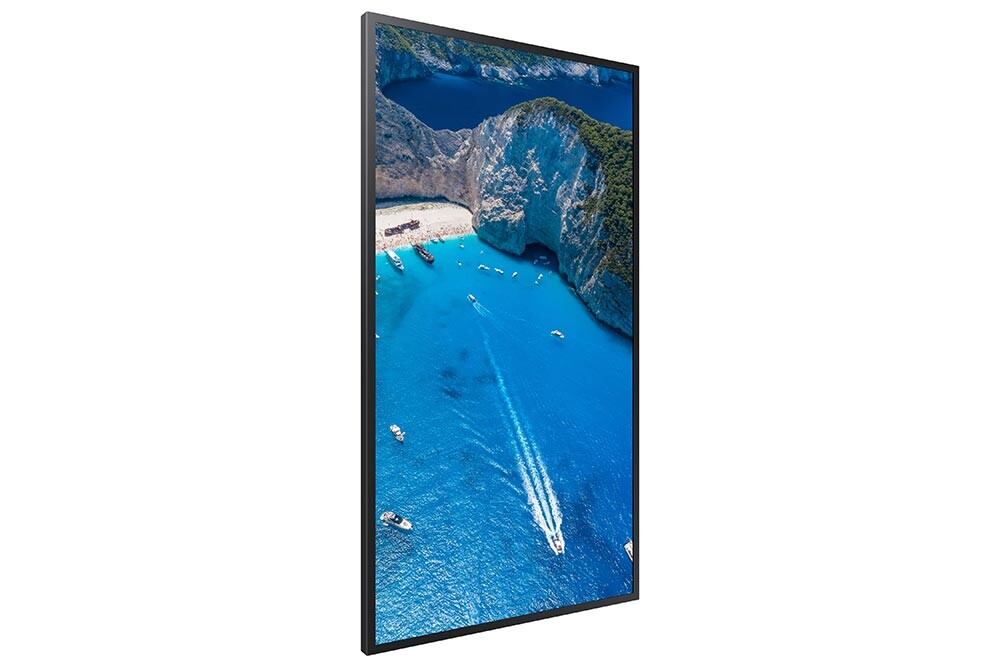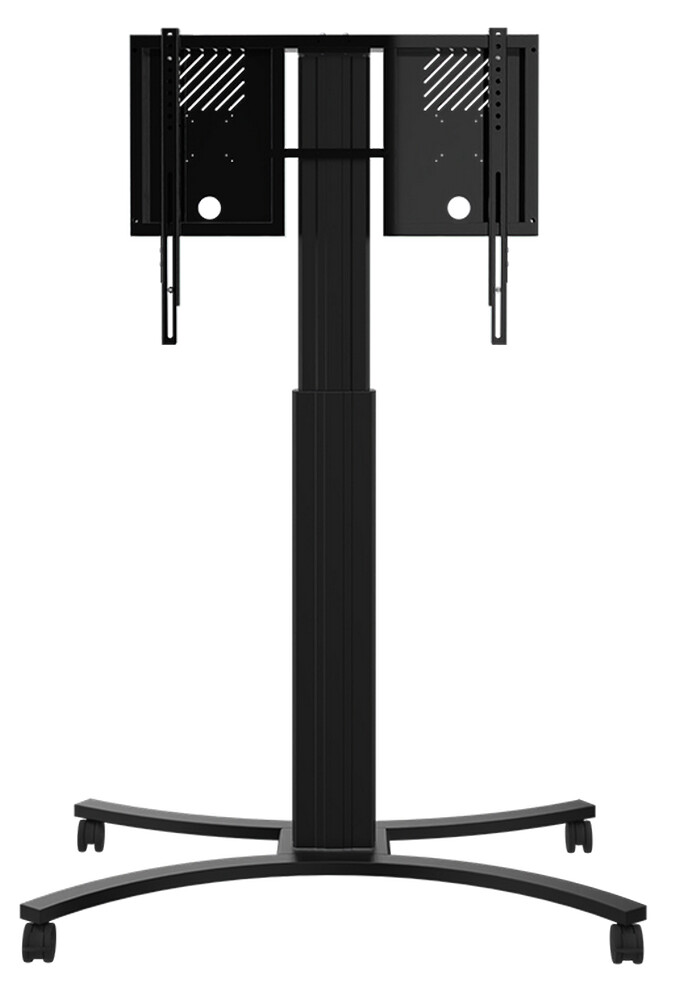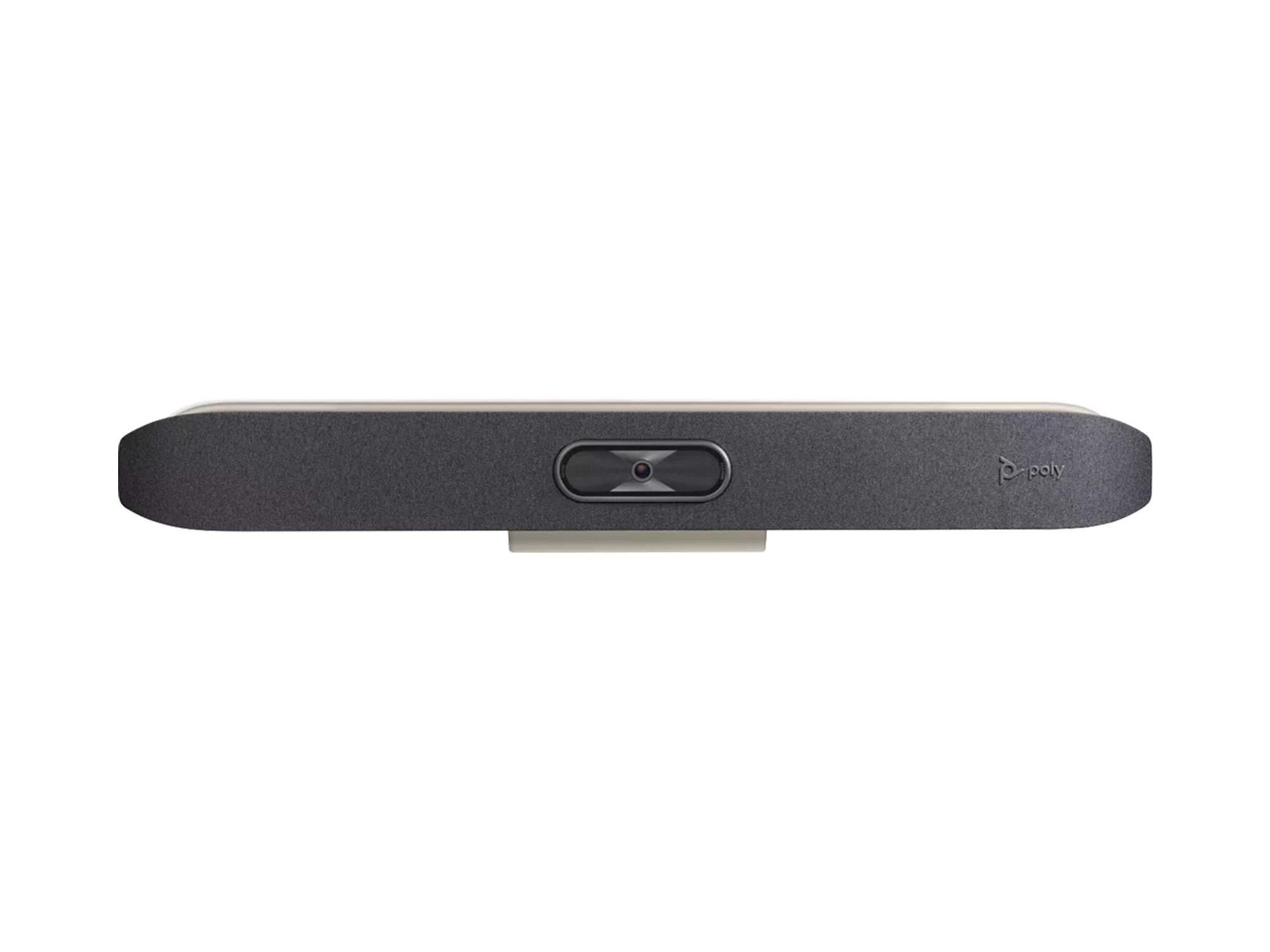



































£6,265.42*
£45.99
- Resolution 3840 x 2160 4K UHD
- Max. Brightness 4,000 cd/m²
- Panel type VA
- Contrast Ratio 5,000 :1


Frequently purchased together
Product information
- Brilliant UHD resolution with 4,000 nit brightness
- 3-stage overheating protection system and weather resistant (IP56 classification)
- Seamless content management thanks to MagicINFO S Player and TIZEN operating system
Present content in any shop window
Samsung's OMR series is specifically designed to showcase content in a shop window. The large UHD display shows clear, bright images that engage viewers with attention-grabbing content, increasing the likelihood of a visit to the shop.
Support a brilliant presentation of your content
With 4,000 nit brightness and a 5,000:1 contrast ratio, the OMR Series displays content brightly and clearly - even in direct sunlight. The display with its brilliant UHD resolution can thus attract viewers' attention in all weather conditions.
Modernise your rooms with a slim design
The OMR series can impress with an installation depth of only 83 mm. The compact size ensures that the display can be harmoniously integrated into any shop design.
Seamless content management
The OMR series' integrated MagicINFO S Player and TIZEN operating system accelerate the display's performance and simplify content management and seamless playback.
Brilliant content with high efficiency
The OMR Series operates efficiently and consumes less power than conventional displays*. At the same time, it displays brilliant images and offers exceptional performance. The result: retailers have a powerful display that attracts visitors and controls costs.
Reliable performance
With IPX5 certification and a proprietary 3-step process, OMR Series displays are protected against dust and damage from overheating, so you can benefit from a long lifespan.
Technical data
| Name | Samsung OM75A 75" Display |
|---|---|
| Article number | 1000022684 |
| GTIN/EAN | 8806092748811 |
| Manufacturer SKU | LH75OMAEBGBXEN |
| Model name | OM75A |
| Brand | Samsung |
| Product Type | Non-Touch Display |
| Product Series | Samsung OM Series |
| Technology | LCD |
| Panel type | VA |
| Resolution | 3840 x 2160 4K UHD |
| Diagonal | 75" |
| Aspect Ratio | 16:9 |
| Viewing angle - Horizontal | 178° |
| Viewing angle - Vertical | 178° |
| Contrast Ratio | 5,000 :1 |
| Max. Brightness | 4,000 cd/m² |
| run-time | 24/7 |
| Response time | 14ms |
| Support - VESA | 400 x 400 |
| Frame width | 23.9 mm |
| Inputs | 1x Displayport , 1x RS232 , 1x USB-C , 2x HDMI |
| Outputs | 1x 3,5mm Jack , 1x RS232 |
| Product width | 170.31 cm |
| Product height | 98.12 cm |
| Product depth | 8.26 cm |
| Weight | 38 kg |
| Colour | Black |
| EEK Spectrum | A to G |
| Delivery contents | Batteries , Power cable , Quick user guide , Remote control , warranty card |
| Condition | New |
| Warranty | 36 Month |
| Warranty type | Onsite Repair Service and support information |
Product safety
| Person responsible for the EU |
|---|
| Samsung Electronics GmbH |
| Am Kronberger Hang 6 |
| 65824 Schwalbach |
| Germany |
| sseg.comm@samsung.com |




















